Muay Chaiya
Muay Chaya, story has it, was created by a Chinese monk named Phor Than Mar who during the course of his journeying came to stay in the village of Pum Riang (in the district of Chaya). It is said that he helped to tame a wild elephant that was damaging farms in the area. A temple was built to celebrate his success, the Wat Thung Chap Chang (‘The Temple of the Elephant Captured in the Field, “Chap Chang” is the term used when an elephant is captured). Than Mar eventually became the abbot of this temple.
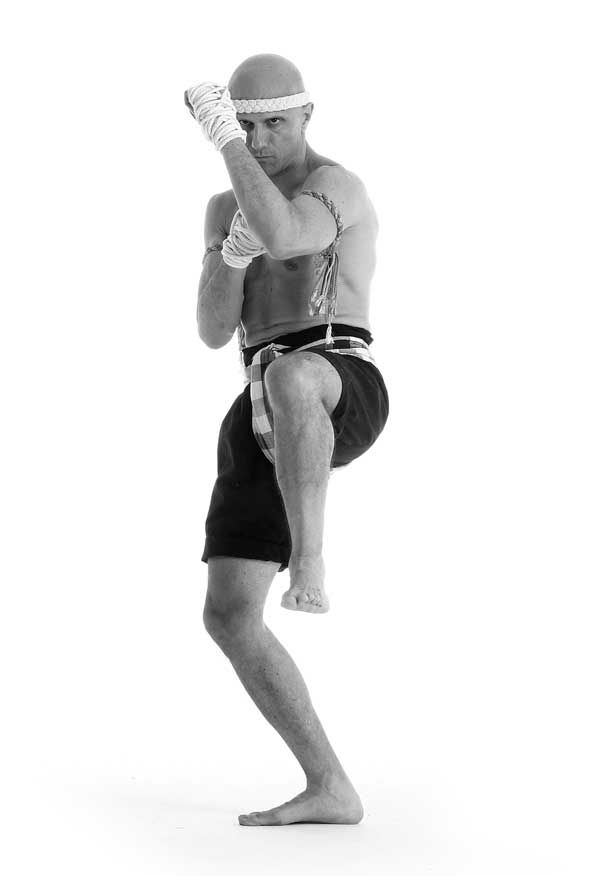
Muay Chaiya is an elegant fighting style that, from a martial point of view, has always placed great emphasis on low level kicks, with short, precise trajectories, along with fluid defensive movements and counter-attacks carried out by the arms ( punches, elbow strikes and forearm strikes) to the neck or the head of the opponent.
Moreover, the more impetuous the adversary and therefore less shrewd, the easier to avoid the power of his attacks; by placing him in a position where he can’t harm you, you will be able to attack him with vicious strikes aimed at exposed areas of his body; this is the belief of the Chaiya Boxer and it is this surety that accompanies the fighters of this style, characteristic of Muay Boran, in their encounters with representatives of other styles.
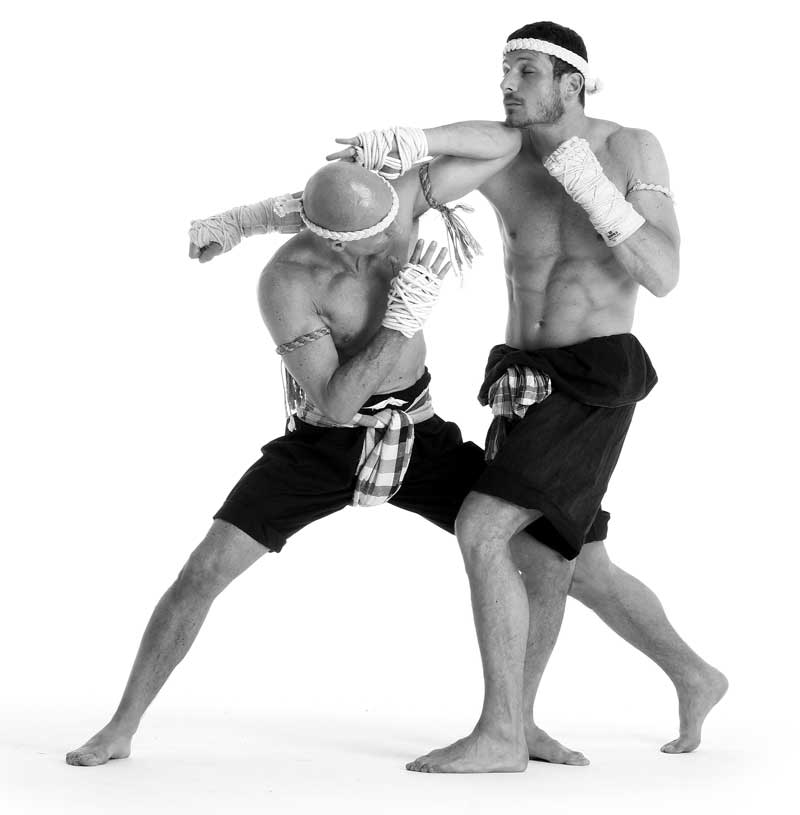
Typical techniques:
The hand-binding, before an important fight encounter, is an important part of their preparation of fighters. Some Khru Muay Chaiya kept the secrets of this binding in order to make Kard Chiek weapons to all intents and purposes, similar to the claws of a wild beast (the Seua Lab Leb technique uses bound hands in order to injure the opponent’s face, mimicking the movements of a tiger’s claws when attacking its prey). Having to make best use of the elbows and the forearms as weapons, binding was limited to the hands and stopped at the wrists. The first technical approach of a fight in this style was based on avoiding the attack power of the opponent, using a sophisticated systems of moves, torsions, changes of level and jumps which make the practioner of Muay Kiao Kuay an almost impenetrable target.The jumping techniques used in jumps, above all those used with kicks, knee strikes and elbow strikes (Gradot Tae/Kao/Sok) were studied in order to bring with maximum force to each strike, even if the mass of the person executing the action was much less than that of the adversary. Elbow strikes were developed to exceptional levels, making Ti Sok the best weapon for the “soft” style students users, an efficient blade in any situation, at any distance and in whatever position the fighters would find themselves in with respect to their chosen target.

Muay Chaiya is an elegant fighting style that, from a martial point of view, has always placed great emphasis on low level kicks, with short, precise trajectories, along with fluid defensive movements and counter-attacks carried out by the arms ( punches, elbow strikes and forearm strikes) to the neck or the head of the opponent.
Moreover, the more impetuous the adversary and therefore less shrewd, the easier to avoid the power of his attacks; by placing him in a position where he can’t harm you, you will be able to attack him with vicious strikes aimed at exposed areas of his body; this is the belief of the Chaiya Boxer and it is this surety that accompanies the fighters of this style, characteristic of Muay Boran, in their encounters with representatives of other styles.

Typical techniques:
The hand-binding, before an important fight encounter, is an important part of their preparation of fighters. Some Khru Muay Chaiya kept the secrets of this binding in order to make Kard Chiek weapons to all intents and purposes, similar to the claws of a wild beast (the Seua Lab Leb technique uses bound hands in order to injure the opponent’s face, mimicking the movements of a tiger’s claws when attacking its prey). Having to make best use of the elbows and the forearms as weapons, binding was limited to the hands and stopped at the wrists. The first technical approach of a fight in this style was based on avoiding the attack power of the opponent, using a sophisticated systems of moves, torsions, changes of level and jumps which make the practioner of Muay Kiao Kuay an almost impenetrable target.The jumping techniques used in jumps, above all those used with kicks, knee strikes and elbow strikes (Gradot Tae/Kao/Sok) were studied in order to bring with maximum force to each strike, even if the mass of the person executing the action was much less than that of the adversary. Elbow strikes were developed to exceptional levels, making Ti Sok the best weapon for the “soft” style students users, an efficient blade in any situation, at any distance and in whatever position the fighters would find themselves in with respect to their chosen target.
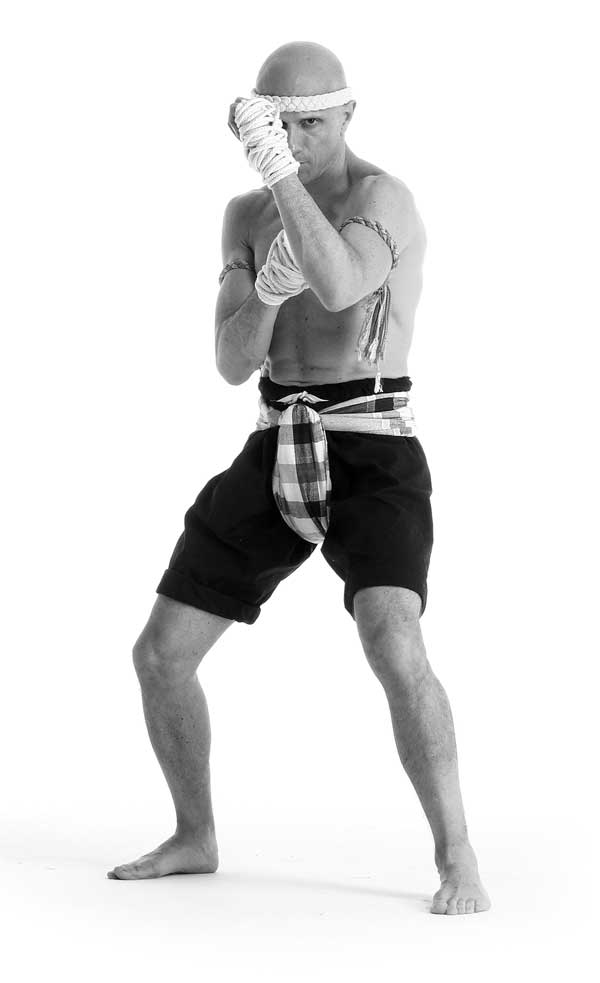
The holds, throws and breaking of joints (called Tum Tap Chap Hak in Thai) were also very developed in this style and were often used to “finish-off” a skillful opponent during the exchange of blows.Strong points: the techniques were useful against heavier opponents, they don’t require a long preparation conditioning of bones in order to be efficient, using little force the techniques can be applied even when you’re not in great physical shape, the evasive style avoids impact thereby guaranteeing less harm to even the more mature practitioner.
Weak points: the attacks are not always conclusive, it’s therefore necessary to carry out more counter-attacks to insure victory against heavier adversaries and a lengthy training period is required to become skilled in using Muay Kiao.
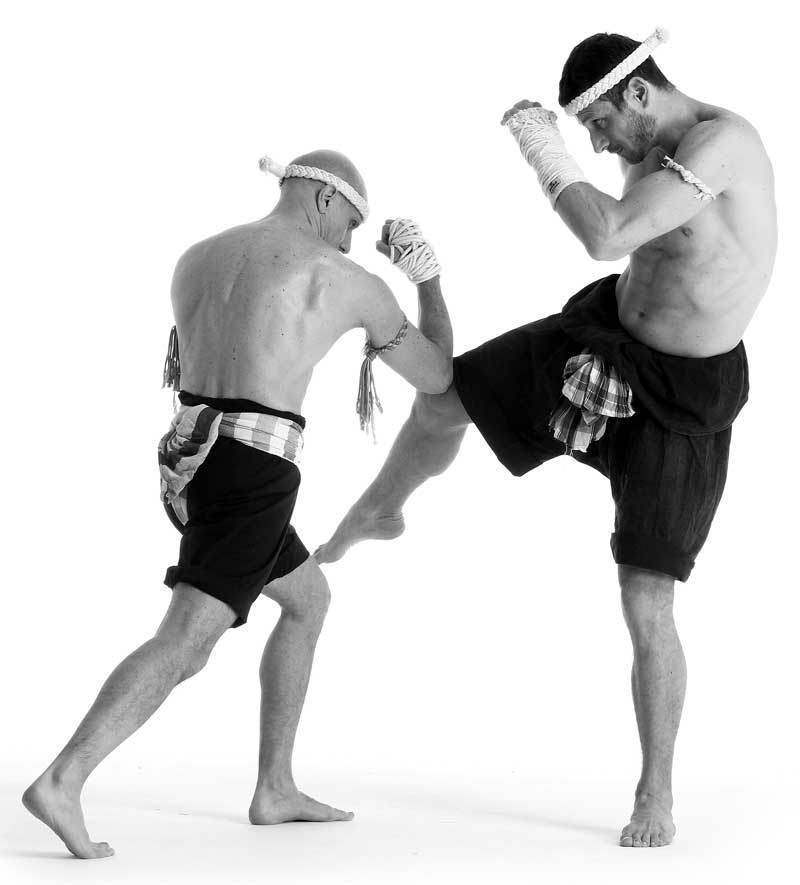
The 30 Mae Mai and Look Mai techniques that everyIMBA memeber must know are generally accepted by every thai teacher as being the most important strategies that every Muay Boran student must be able to apply in fighting. However, this does not exclude the insertion of Mai Kred and other techniques deemed by some Khru Muay to be worthy enough to be included in this group
Muay Chaiya masters of past for example used to claim that there is ony one Mae Mai (the Chaiya guard position or Jot Muay) and Look Mais come out as fruits of a good application of the former.
-

Hak Nguang Aiyara
Muay Chaiya
-
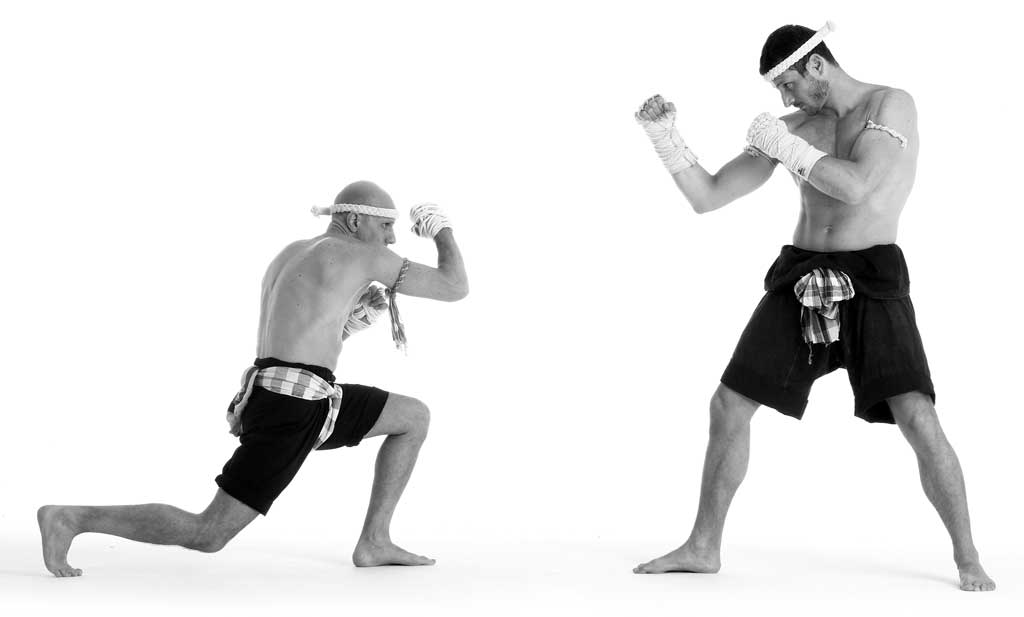
Seua Lag Hang
Muay Chaiya

